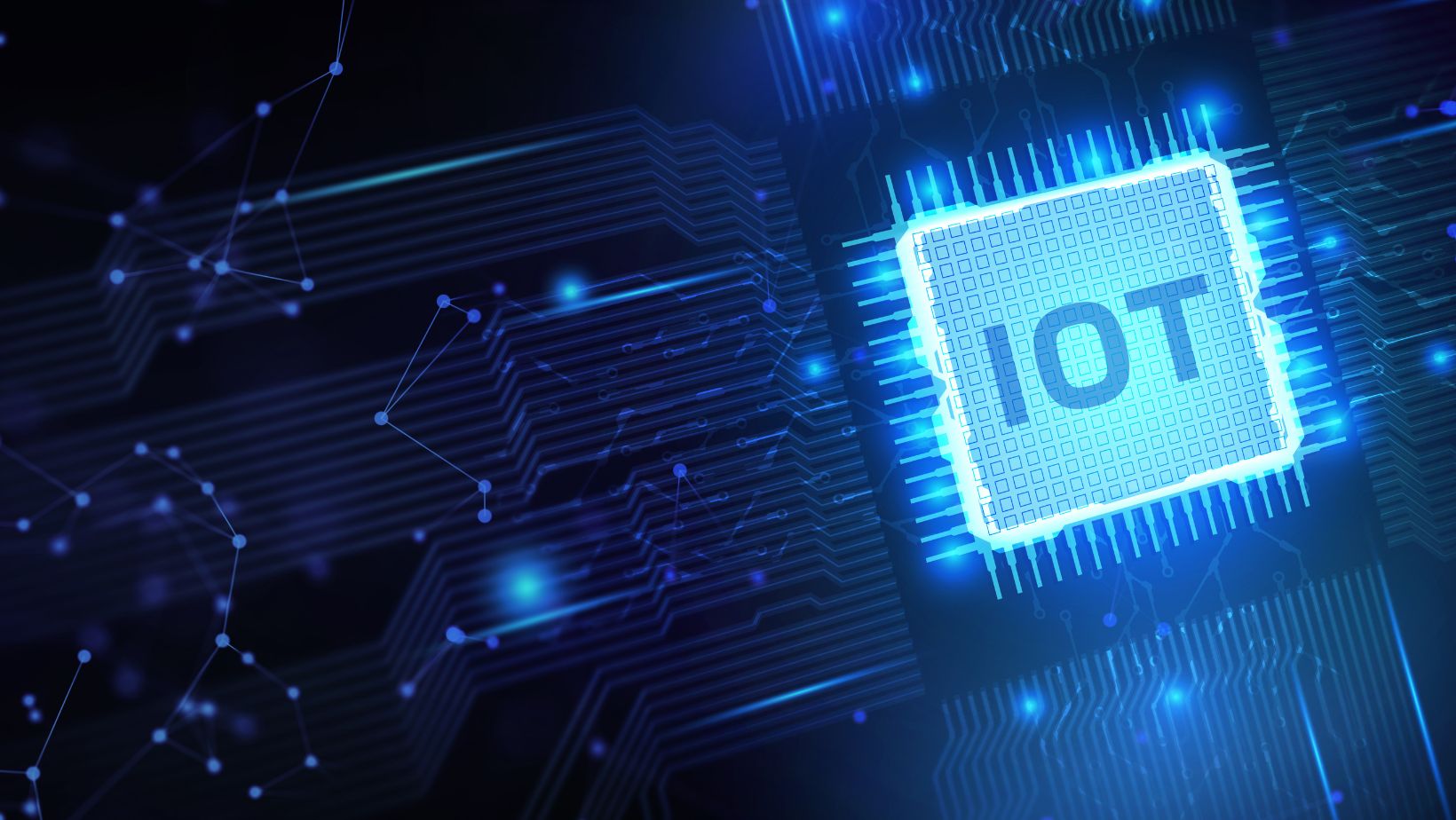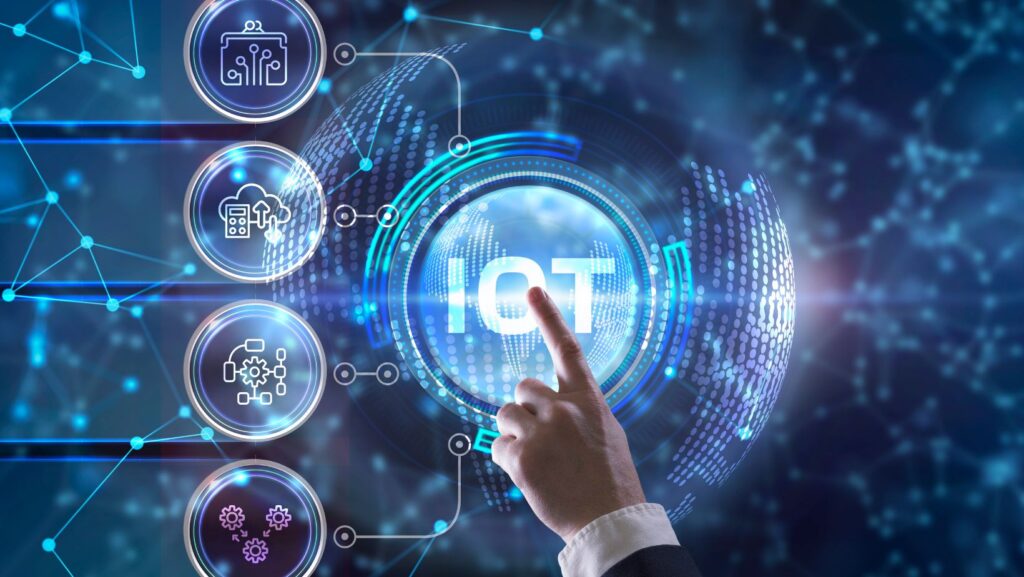The workplace is no longer a static space defined by cubicles, coffee machines, and fluorescent lights. Offices and factories are transforming into dynamic, data-driven environments, where every element — from air quality to machine performance — is connected, measured, and optimized. This shift isn’t just technological; it’s cultural. At the heart of this transformation lies Internet of Things development, a discipline that takes everyday objects and weaves them into intelligent ecosystems. The result? Workplaces that are safer, more efficient, and more human-centric than ever before.
Workplace Challenges: Safety, Efficiency, Experience
Before diving into the promise of IoT, let’s acknowledge the realities. Workplaces — whether gleaming skyscraper offices or sprawling industrial plants — face persistent, sometimes crippling challenges.
Safety Concern
In factories, equipment malfunctions, hazardous materials, and human error can lead to accidents that disrupt operations and jeopardize lives. Even in office settings, issues like poor ventilation, faulty fire systems, or inadequate emergency protocols create vulnerabilities.
Efficiency Issues
Companies invest heavily in lean methodologies and process optimization, but inefficiencies still creep in. HVAC systems running at full throttle during off-hours, meeting rooms booked but unused, or forklifts idling in a warehouse — these are invisible leaks draining money and energy.
Employee Experience
Workers today expect more than just a paycheck. They demand comfortable environments, flexible conditions, and tools that enable productivity instead of obstructing it. Yet many workplaces are plagued by outdated infrastructure, slow response times to maintenance issues, and environments that don’t adapt to the needs of their occupants.
IoT offers a way to address these pain points holistically, merging operational resilience with human well-being.
Internet of Things Development For Employee-centric Environments
The future of the workplace hinges on environments that are not only smart but empathetic. That’s the central promise of IoT — to create spaces that understand and respond to the people within them. Through carefully designed Internet of Things development, companies can build interconnected systems that bridge physical assets, digital platforms, and human behaviors.
Smart Building Management Systems
Imagine entering a building where the temperature adjusts seamlessly as you walk in, lights brighten in spaces you occupy, and unused areas automatically power down to conserve energy. Smart building management systems (BMS) powered by IoT are no longer futuristic; they’re rapidly becoming the baseline.
Sensors placed throughout a facility monitor air quality, humidity, lighting, and occupancy in real time. Instead of relying on rigid schedules or manual oversight, IoT-enabled BMS learns patterns and adjusts dynamically. If a conference room sits empty after a meeting is canceled, the lights switch off and the ventilation dials down. If a heatwave strikes, the system optimizes cooling without overloading energy use.
The benefits are twofold: organizations slash operational costs while employees enjoy healthier, more comfortable environments. A Harvard study even found that optimized air quality can improve cognitive function by more than 60%. Productivity is literally in the air we breathe, and IoT makes it manageable.
IoT-Enabled Safety Monitoring
Workplace safety has long depended on compliance protocols and human vigilance. IoT redefines this paradigm with continuous, automated monitoring that leaves little to chance.
Wearables equipped with sensors can track workers’ exposure to hazardous environments, measure fatigue levels, or send alerts if someone enters a restricted area. In industrial settings, machines outfitted with vibration or thermal sensors can predict malfunctions before they escalate into accidents. Fire alarms evolve into smart detectors that not only sense smoke but also communicate with building systems to guide occupants toward the safest exit routes.
One striking example comes from construction: IoT-enabled helmets now monitor both impact and vital signs, providing instant feedback if a worker is in distress. Instead of reactive safety protocols, workplaces become proactive guardians of their people.
IoT Industry Trends In Workplace Digitalization
Of course, IoT isn’t evolving in isolation. It’s part of a broader technological wave reshaping work. Midway through this transformation, it’s essential to consider the IoT industry trends driving adoption and innovation.
One trend is the rise of edge computing. As devices generate massive amounts of data, processing it locally rather than sending everything to the cloud reduces latency and ensures real-time responsiveness. This is critical in safety applications where milliseconds matter.

Another is interoperability. Modern workplaces are messy ecosystems of legacy systems, new devices, and third-party applications. IoT platforms are increasingly designed to integrate seamlessly, creating unified dashboards where facilities managers can monitor energy use, safety incidents, and occupancy all in one view.
AI-driven analytics is also changing the equation. Instead of merely collecting data, IoT systems are now interpreting it, predicting patterns, and recommending actions. This evolution means workplaces don’t just react to issues — they anticipate and prevent them.
And finally, there’s a cultural trend. Employees are growing more comfortable with wearable devices, digital check-ins, and smart systems. The line between consumer tech and workplace tech is blurring, accelerating adoption.
Benefits: Productivity, Employee Satisfaction, Reduced Costs
When IoT becomes the nervous system of the workplace, the benefits cascade across multiple dimensions.
Productivity Takes Center Stage
Employees no longer waste time searching for available desks, waiting for maintenance to fix broken equipment, or struggling with fluctuating temperatures. Real-time data ensures everything from meeting room allocation to machine uptime is optimized. Workers can focus on their jobs instead of their environments.
Employee Satisfaction Rises
A comfortable, safe, and responsive workplace translates into higher morale and lower turnover. In the war for talent, IoT-enabled environments become a competitive differentiator. Imagine choosing between a company where your office adjusts to your needs versus one where you sweat through the summer because the air conditioning doesn’t keep up. The decision is obvious.
Cost Reduction Is Baked Into The System
By automating energy management, predictive maintenance, and space utilization, organizations eliminate waste. For example, studies show that smart lighting alone can cut energy bills by up to 60%. Multiply that across heating, cooling, equipment, and real estate management, and the savings are staggering.
Beyond hard numbers, there’s also resilience. IoT-driven workplaces recover faster from disruptions, whether it’s rerouting workers during a fire drill or reassigning resources after a supply chain hiccup.
Conclusion: IoT As The Future Foundation Of Workspaces
The workplace of tomorrow isn’t built from concrete and steel alone. It’s constructed from data, sensors, and intelligent systems that respond to human needs in real time. IoT isn’t a luxury add-on; it’s becoming the very foundation of how offices and factories operate.
With Internet of Things development advancing rapidly and IoT industry trends pointing toward greater integration, personalization, and automation, the trajectory is clear: the modern workplace will be a connected ecosystem where safety, efficiency, and employee experience are inseparable.
The organizations that embrace this shift early will not just save money or boost productivity — they will redefine what it means to work in the digital age. In this future, the workplace doesn’t just house employees; it collaborates with them, protects them, and helps them thrive. IoT is not merely shaping the office of tomorrow; it is building it from the ground up.
